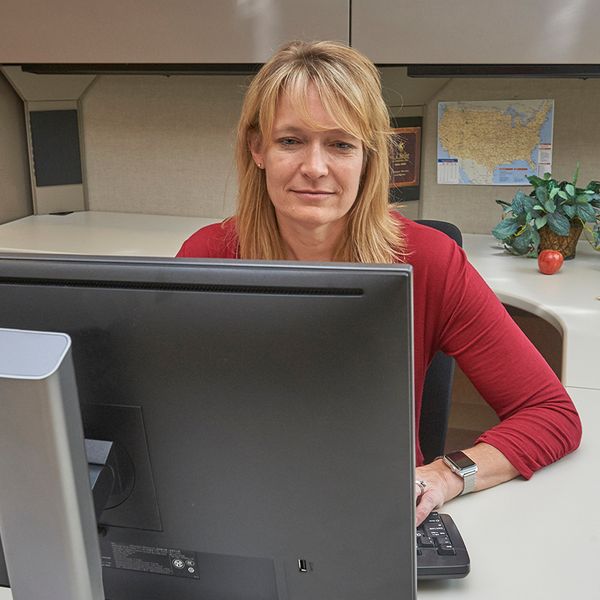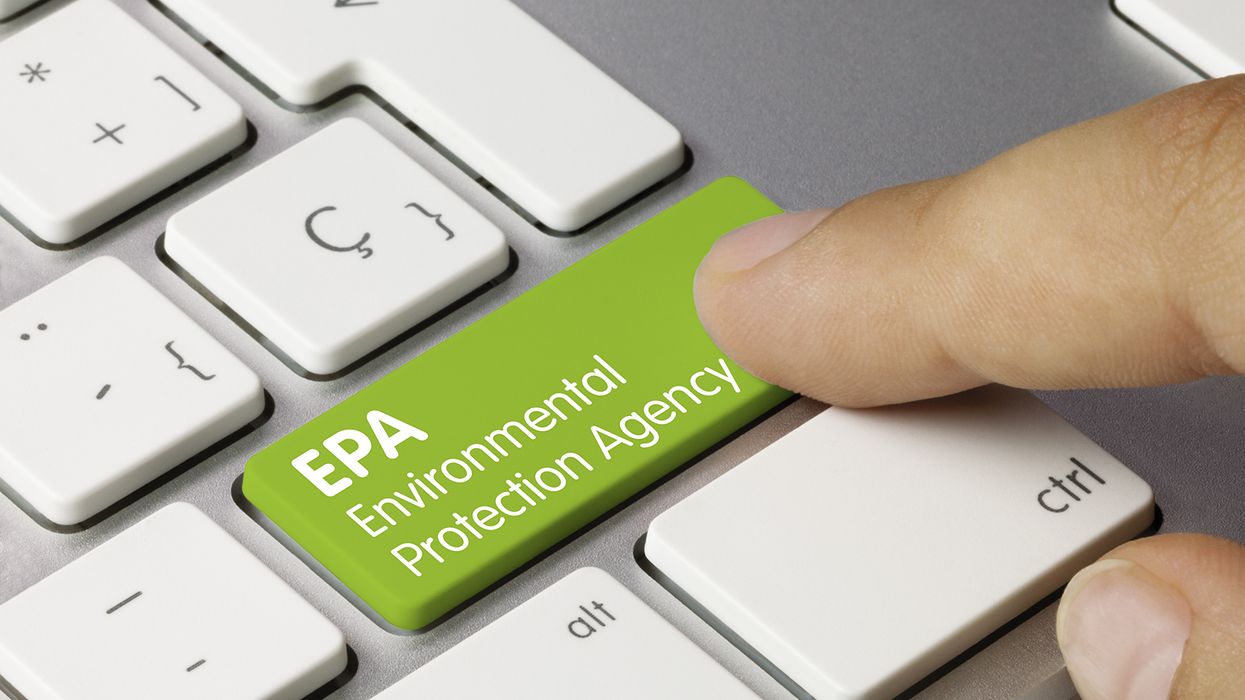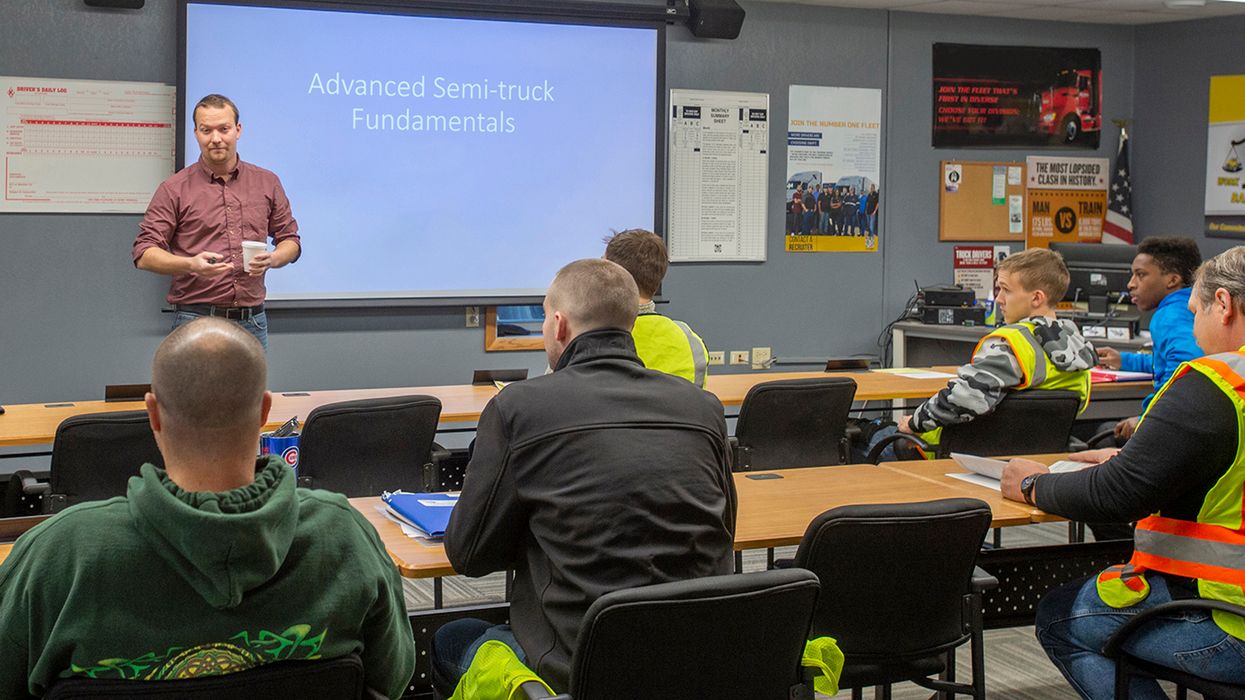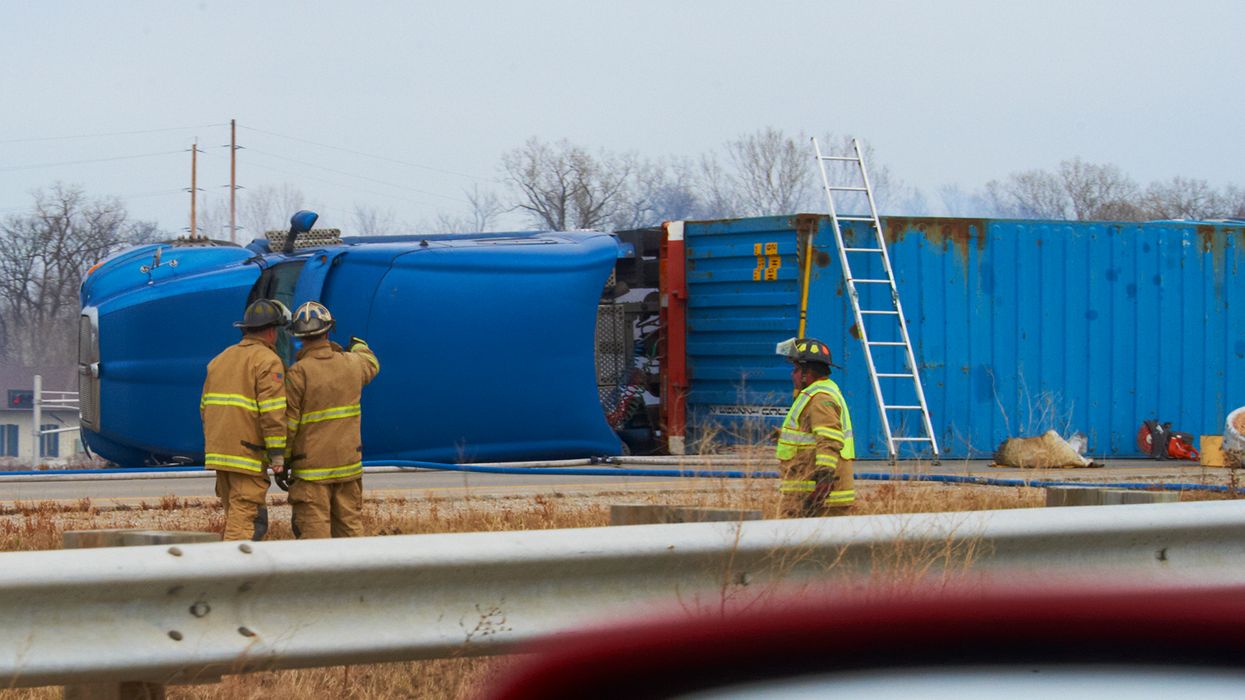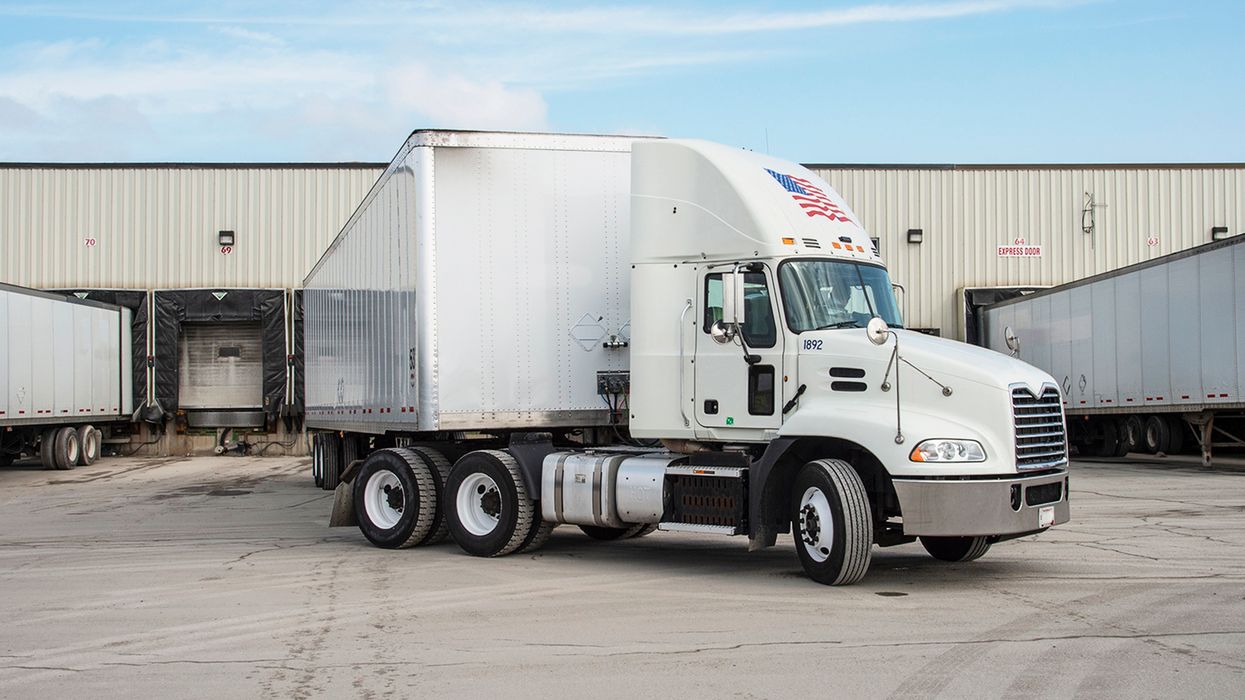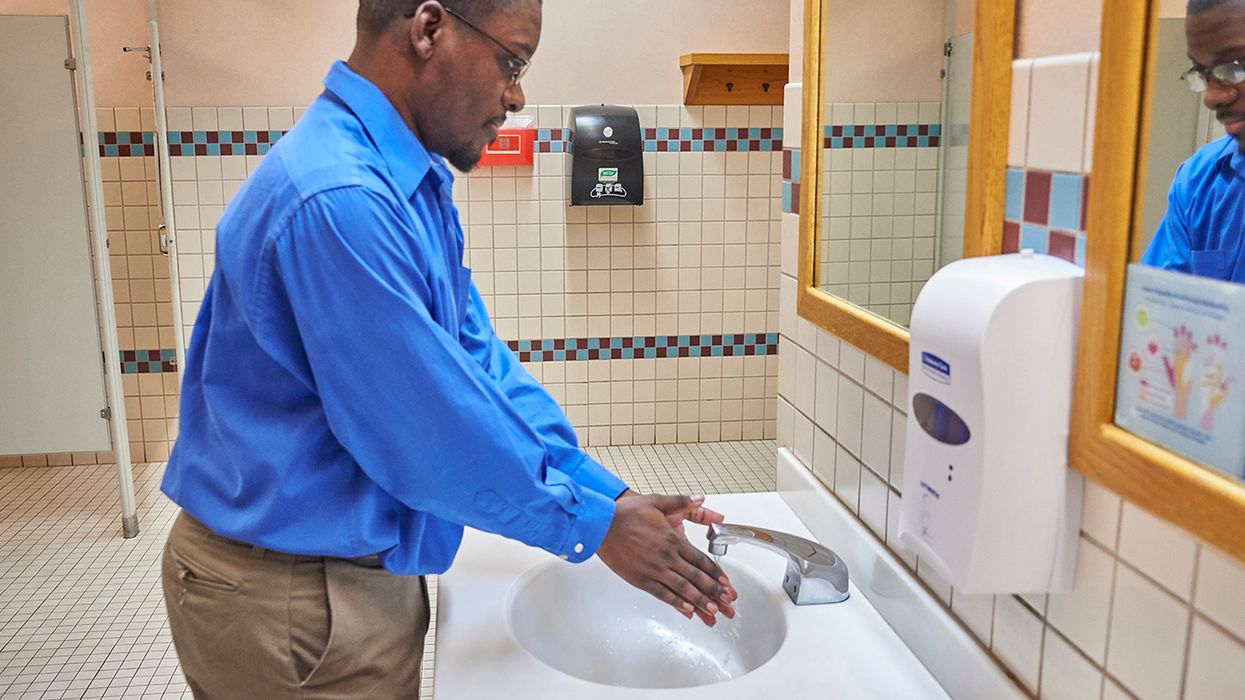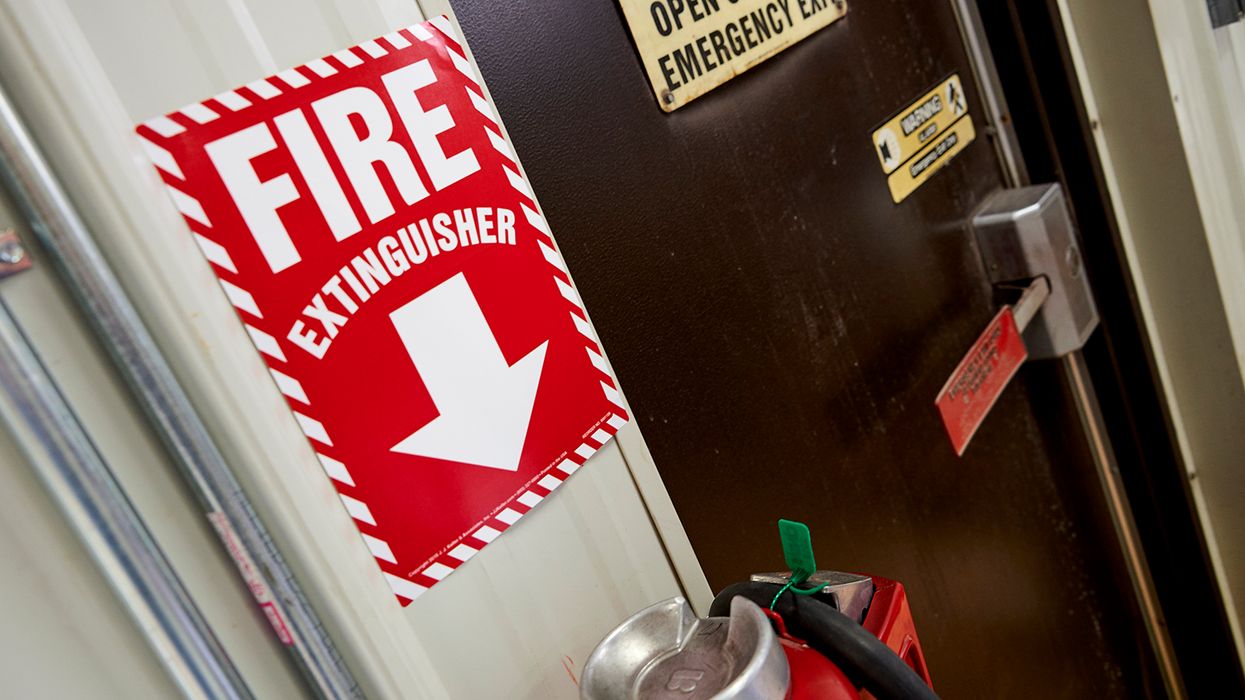When do drivers need a Clearinghouse account?
The Federal Motor Carrier Safety Administration (FMCSA) Drug and Alcohol Clearinghouse is almost three years old, and soon employers will use it as their primary method of collecting FMCSA drug and alcohol testing history. One aspect of the Clearinghouse that we haven’t seen discussed very often, though, is the situations for which drivers need to have a Clearinghouse account. Contrary to what some think, not all drivers with a commercial driver’s license (CDL) are required to create an account, but there are some situations that require a Clearinghouse account. Let’s take a closer look at when a Clearinghouse account is needed.
A driver Clearinghouse account is required for:
- Drivers who are applying for a new job or transferring into a safety-sensitive position. An employer is required to run a pre-employment query on employees who will be starting in a safety-sensitive position. The pre-employment query requires the driver to provide electronic consent in the Clearinghouse before the employer can access the driver’s record. If a driver doesn’t have a Clearinghouse account when the employer makes the request, FMCSA will mail a letter to the address on record with the state licensing agency that issued the driver’s CDL. This could delay the hiring process significantly, so we request that drivers who are looking for a new job create a Clearinghouse account and provide an email address to expedite the process.
- Drivers who have committed a DOT drug or alcohol violation. In order to return to driving a commercial motor vehicle (CMV) after a DOT drug or alcohol violation, a driver must select a substance abuse professional (SAP) to evaluate the driver and assess the driver’s completion of prescribed treatment. In order for the SAP to be able to enter into the Clearinghouse the date of the driver’s completed assessment and the date the driver is eligible for return-to-duty testing, the driver must first designate the SAP in the Clearinghouse. In order to do this, the driver must first have a Clearinghouse account. Once the driver designates the SAP and the SAP accepts the designation, the driver can begin the SAP/return-to-duty process.
- Drivers with an unresolved DOT drug or alcohol violation. Employers must run a limited query on their drivers who hold CDL positions at least once per year. A limited query will only tell the employer whether or not the driver has a violation recorded in the Clearinghouse. In order to find out any details of the violation, the employer must then run a full query, which requires the driver to grant electronic consent. Drivers with an unresolved FMCSA drug or alcohol violation will have already created a Clearinghouse account if they’ve designated an SAP and/or applied for a new job, but they will need to access their Clearinghouse account and grant consent at least once per year, or each time their current employer runs a full query, as long as the violation remains on their Clearinghouse record (a minimum of five years).
- Drivers who want to request the removal of incorrect information from their Clearinghouse accounts. Whenever information is entered into the Clearinghouse about a driver, FMCSA will contact the driver. There may be rare occasions when incorrect information is entered in a driver’s Clearinghouse record. For drivers without a Clearinghouse account, such an error would only be learned of upon receipt of a letter from FMCSA. The driver would then need to create a Clearinghouse account in order to begin the process of having incorrect information revised or removed. Having a Clearinghouse account already set up would allow the driver to be notified via email as soon as the information was entered into the Clearinghouse, and the driver could then begin the process right away to have the information removed.
Key to remember: Drivers are only required to have a Clearinghouse account in certain situations, but it’s a good idea for drivers to create an account and enter an email address so they can receive immediate notification if and when information is entered on their Clearinghouse record.





